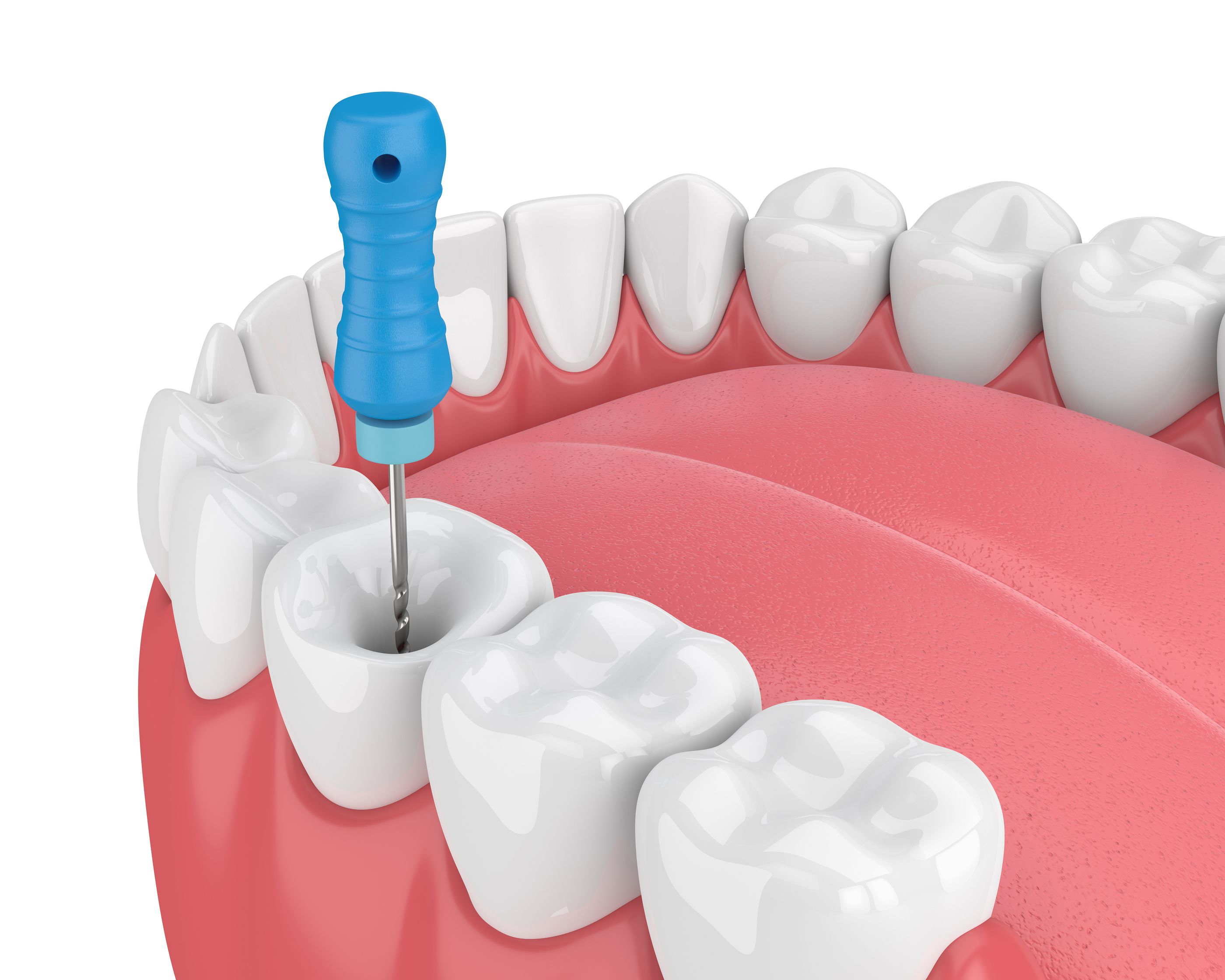
Endodontists and Endodontic Therapy
Endodontists are skilled in root canal techniques along with a number of procedures with greater depth. Endodontists can diagnose oral pain in a mouth that has a complex system of nerves. In general, endodontic treatment is the best choice for teeth that have pulpitis, inflammatory resorption, an abscess, and in instances of chronic apical periodontitis.
An endodontic procedure can also be necessary if the tooth crown (the part that protrudes from the gum tissues) wears out and requires posts for structural support. The dentist might recommend placing a dental crown over the tooth after the endodontic treatment.
The Advantages of Endodontic Treatment
Endodontic treatment lets the patient enjoy his or her natural smile. The patient will love how he or she looks after an endodontic procedure. Another benefit is that the patient can eat all the foods he or she loves without a problem. The same is true for beverages.
There will be less need for dental checkups on the enhancement than other procedures. As long as people maintain a high quality of oral hygiene, the teeth we assist with an endodontic procedure will have the potential to last a lifetime.
Root Canal Endodontics
Do not be scared away by the term “root canal.” This is a fairly common dental procedure that saves teeth. If possible, we will perform a root canal to prevent the extraction of a tooth. If tooth pulp is inflamed or if canals with pulp are infected, endodontic treatment is necessary. Inflammation or infection can be due to fractures, cracks, trauma, or decay.
Treating inflammation
Endodontic inflammation is usually characterized by sensitivity to hot or cold, tenderness throbbing pain, swelling, or tooth discoloration. In some cases, there are no symptoms. If the pulp inflammation is left untreated, the patient will experience pain and might lose the tooth. The root canal treatment can save the tooth, reduce pain, and combat infection.
Website:https://dentalsurgeons.conferenceseries.com/ fore more info.